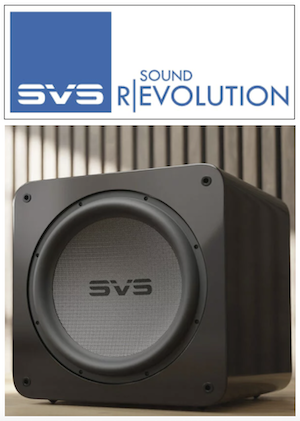Matthew J Poes
AV Addict
- Joined
- Oct 18, 2017
- Posts
- 1,905
This really makes perfect sense. Dirac is able to fix some room related distortions and most speaker related distortions (linear distortions). However it can’t fix or change the speakers own peak output limitations, it’s own non-linear distortion, and most importantly its dispersion. Because it can’t fix dispersion it can’t fix how it interacts with the room above the Schroeder frequency. Yes it can fix phase and flatten the response, but it can’t change the response of the early reflections, their decay rate, etc.
I am curious to see measurements with Dirac across the speakers. I suspect that Dirac will flatten the response to a similar overall degree and this should give them a similar tonal balance. However differences in their harmonic distortion could change how that tonal balance is perceived.
I’ve also found that Dirac can’t really do a lot to tame a really harsh sounding speaker. Especially true when it’s a horn or waveguide speaker with a poor design (for instance diffraction slot designs).
It’s also good that Dirac can’t make all speakers sound the same. If it could then speaker designers would be out of a job and life would be a lot more boring.
And to honor a comment Earl Geddes made to me today about distortion, with complex musical signals there would be “in-harmonic anomalies”.







 ) and still have them in house.
) and still have them in house.



